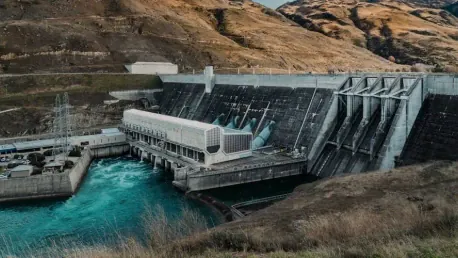In a significant development for China’s renewable energy landscape, the recent launch of two substantial hydropower plants has the potential to bolster the nation’s position as a leader in sustainable energy. The State Grid Corporation of China (SGCC) has commissioned the Fengning pumped storage hydropower plant, located in Hebei province near Chengde, with an impressive capacity of 3.6 GW. This plant alone is anticipated to generate around 6.6 TWh of electricity annually, contributing to a substantial reduction of approximately 1.2 million tons of CO2 emissions every year. Meanwhile, CHN Energy has unveiled the Maerdang hydropower plant on the upper reaches of the Yellow River in Qinghai province, which boasts a capacity of 2.3 GW. This facility includes four 550 MW units and one 120 MW unit, with projections to produce 7.3 TWh annually.
China’s Expanding Hydropower Capacity
Hydropower accounted for 14% of China’s total installed capacity, which stood at 422 GW by the end of 2023, and comprised 1,286 TWh of the nation’s power generation. The country is now strategically expanding its infrastructure to harness its abundant hydroelectric resources, with a long-term vision of constructing over 200 pumped storage plants that will collectively offer 270 GW of capacity by 2025. Currently, China’s pumped-storage capacity has reached 50.9 GW, showing a substantial increase from 21.5 GW a decade ago. This leap highlights China’s relentless commitment to clean energy and its steady progression towards achieving a resilient and sustainable energy system. These endeavors have positioned China on a pioneering path to not only meet its domestic energy demands but also set an exemplary standard for sustainable development on a global scale.









